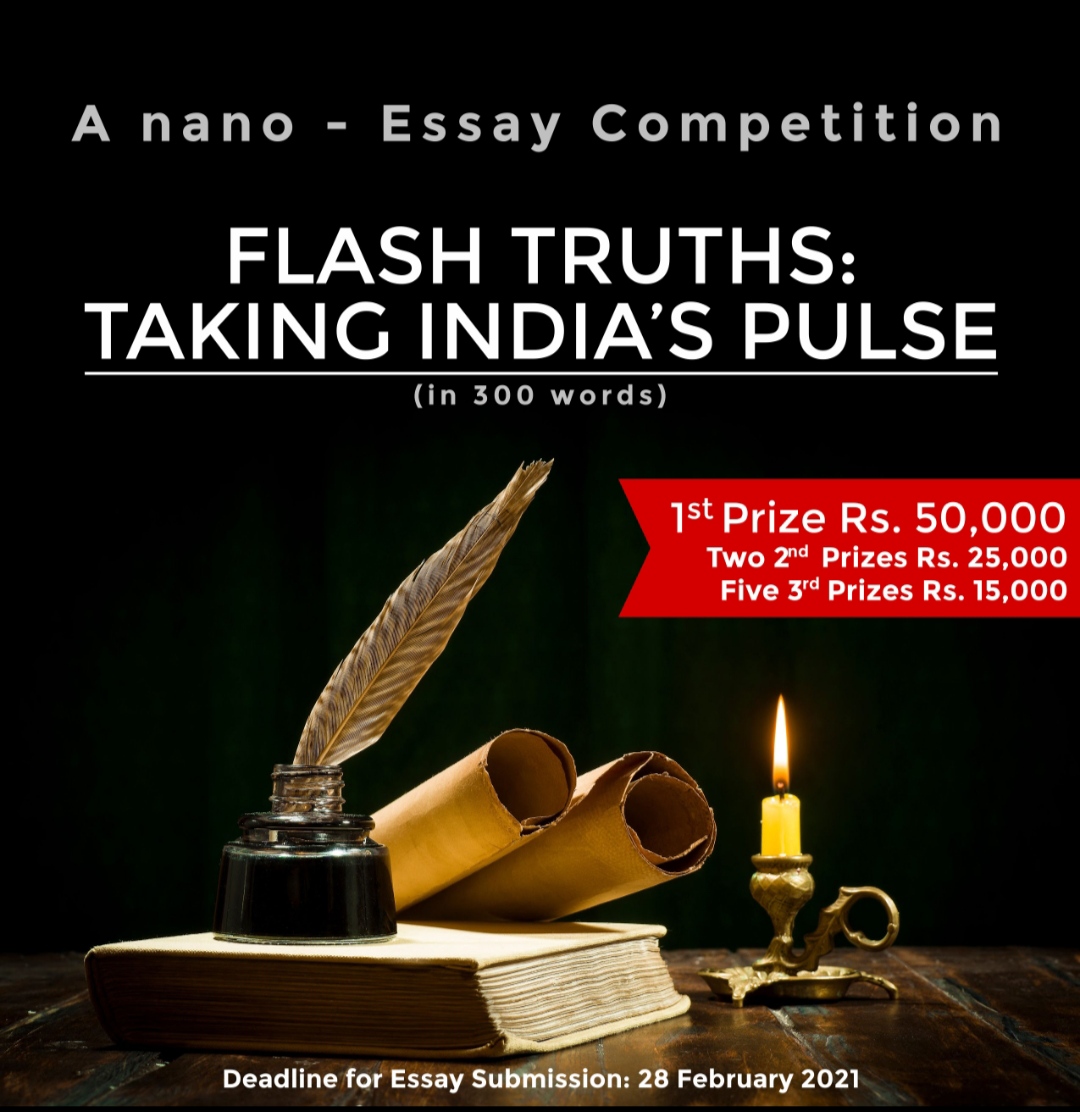
For the first time, Indian elections warrant scrutiny. The largest Earthian carnival is in full swing in India. Over staggered phases, nearly a billion eligible voters are electing 543 representatives from 62 parties across 36 States and Territories. This grand spectacle of democracy of and by and for the people is fuelled by a staggering public and political parties’ spend of over $15 billion. The winner will be declared on 4 June.
This is the bare-boned setting for the tumultuous 18th Indian national elections. The first was held in 1951.
The strength of Indian democracy since independence in 1947 has always been underscored by the sheer scale of multiple elections held regularly at local, state, and federal levels. Indian polity is in constant election mode somewhere in the country at any one time. Their results have frequently reaffirmed discerning voters’ sentiments that politicians are like soiled diapers, best changed regularly. Discounting stray irregularities inevitable in a messy democracy – “a functioning anarchy”, US economist Galbraith called it – Indian elections have been “largely free and fair”.
In 2024, however, this proposition is suspect. These elections compel a critical audit.
After a decade in power, Prime Minister Narendra Modi’s ruling Bharatiya Janata Party (BJP) is ruthlessly fixated on securing a third five-year term, even if it means queering the electoral pitch, often brazenly and sometimes under the cover of legal fig leaves. Its litany of unscrupulous tactics to manipulate the 2024 match would make Putin blush.
One particularly egregious example was a state-sponsored extortion racket that put major corporates on the radar of Tax or other enforcement agencies but miraculously off it once they donated (legally) to the ruling BJP. Oligarchy is flourishing, with the Government orchestrating sweetheart deals granting airports, mines, infrastructure and mass welfare projects to cronies. (India is very wealthy yet poverty-stricken; 10% of the population controls 77% of the national worth.)
The Government has unabashedly sought to maim the Opposition’s ability to campaign by denying it a level playing field: arresting popular opposition leaders, freezing bank accounts of the principal Opposition Congress Party, luring mainstream media with massive advertising budgets to disseminate pro-government “lapdog” narratives, stifling dissent, and voter suppression or deletion from the rolls.
Even more insidiously, the BJP has been systematically enticing opposition candidates into its fold with monetary incentives or with absolution if ensnared in legal labyrinths on charges ranging from corruption to rape (earning the Party the barbed moniker “laundromat”). One in four BJP candidates standing for elections is a defector from other parties. These puppets’ commitment to the Hindutva (Hindu ethno-nationalism) ideology is irrelevant; their immediate value is winnability based on caste and long-established personal networks at the constituency level.
Over the past decade, the BJP has steadily infiltrated Hindutva sympathisers into Federal instrumentalities at multiple levels. They are rewriting rules for their mission and functioning. A glaring example is the erosion of the independence of the Indian Election Commission, the very Custodian that has guaranteed free and fair elections since its inception in 1950. Spineless stooges man it now, who pliantly ignore Ministerial violations of the elections’ Code of Conduct. The integrity of the electoral process is now under question.
Given the conventional wisdom that Modi is on the cusp of another winning run, the need for such shenanigans is a puzzle. Notably, Modi and other BJP leaders have also stopped extolling their accomplishments over the past ten years, or, for that matter, their manifesto for the next five. Instead, they are obsessively assailing the Congress party for policy blunders dating back to Nehru, and playing to Hindu heartstrings by demonising India’s Muslim citizens with hate-filled, fear mongering rants.
One possible explanation may be that halfway through the elections, the Opposition is gaining a measure of traction. Maybe, but nowhere near enough to justify postulating a Modi defeat. The BJP flaunts a formidable scorecard: its organisational focus, internal meritocracy, widened voter base of castes, (visible) delivery of benefits to the poor, impressive infrastructural developments, and aspirational narratives, e.g., making India a superpower that resonates with the youth (216mn under 30).
At this stage, an informed assessment would be that while these elections are not fraudulent or overtly rigged, their conduct is sufficiently tilted in the Government’s favour to justify downgrading them to, at best, “somewhat free and fair”. This judgement aligns with India’s international ranking as an “electoral autocracy” that is only “partly free.”
While the speculation that these will be India’s last free elections if Modi wins is way off the mark, it is very likely that a ruling BJP will restructure electoral mechanisms. The Hindutva political agenda has long been wedded to the ‘One Nation, One Election’ formula. Coupled with its longstanding commitment to changing the Constitution to govern the Hindu Rashtra (nation), reshaped national elections are a distinct possibility. It would be a Hindu populist’s dream come true. One nationwide election format dominated by Modi’s cult of personality could launch India on an altogether different social and political trajectory.
A re-elected Modi might yet cross that Rubicon, accelerating India’s march towards a full-blown autocracy.
RAKESH AHUJA
Rakesh Ahuja, a former Australian diplomat, is a Cultural Intelligence (CQ) Consultant. Professional Background: RakeshAhuja.DownloadingMyMind.com



